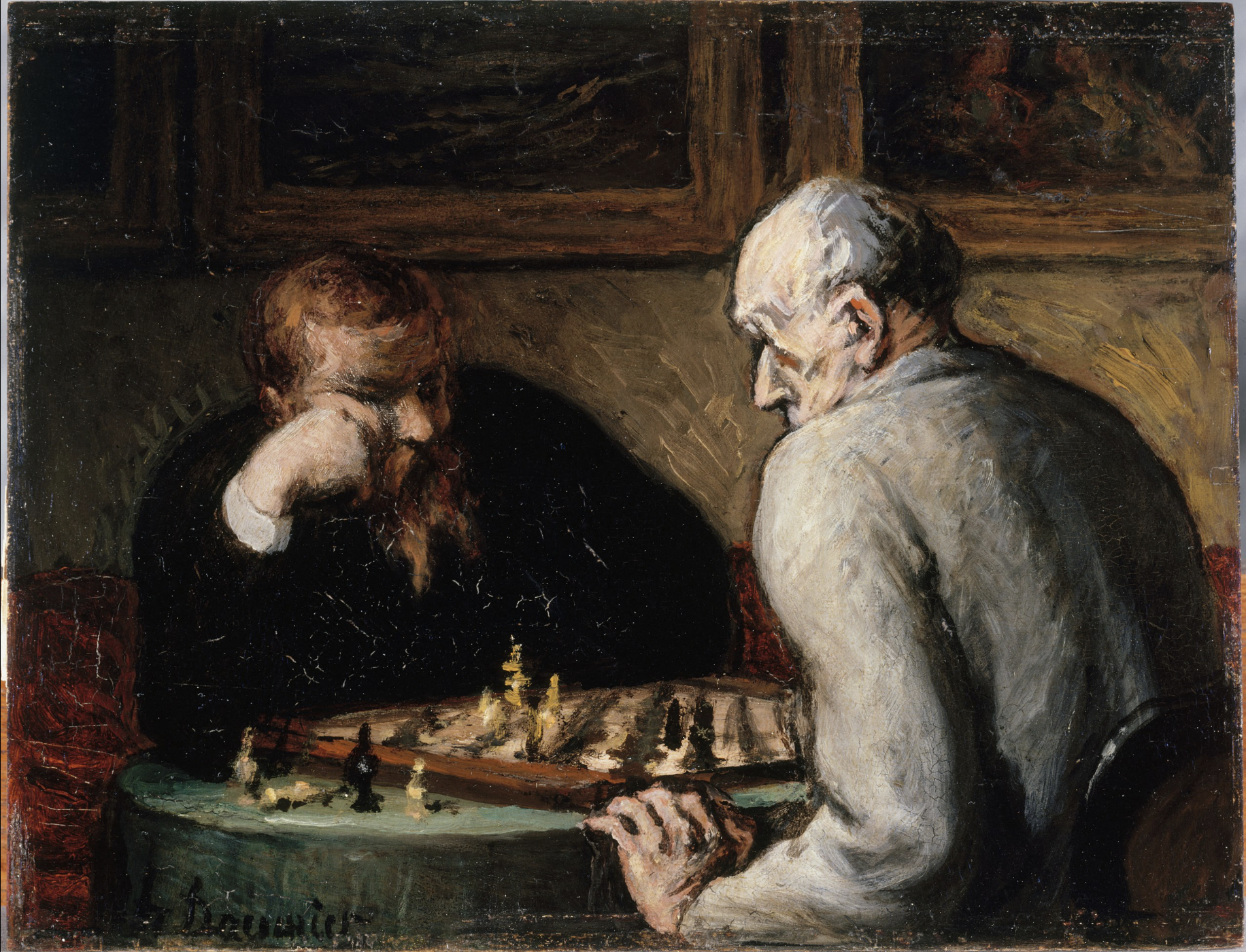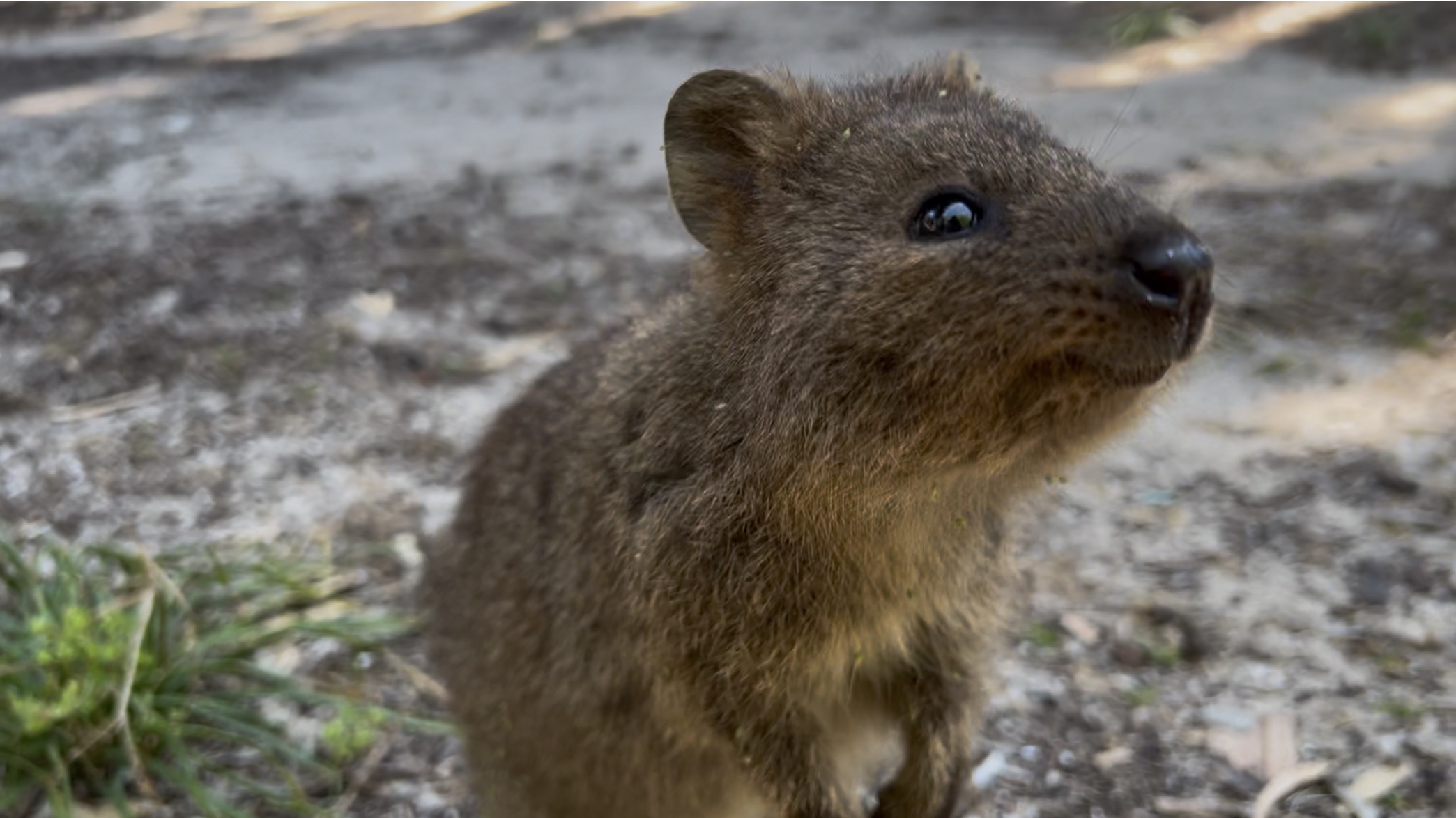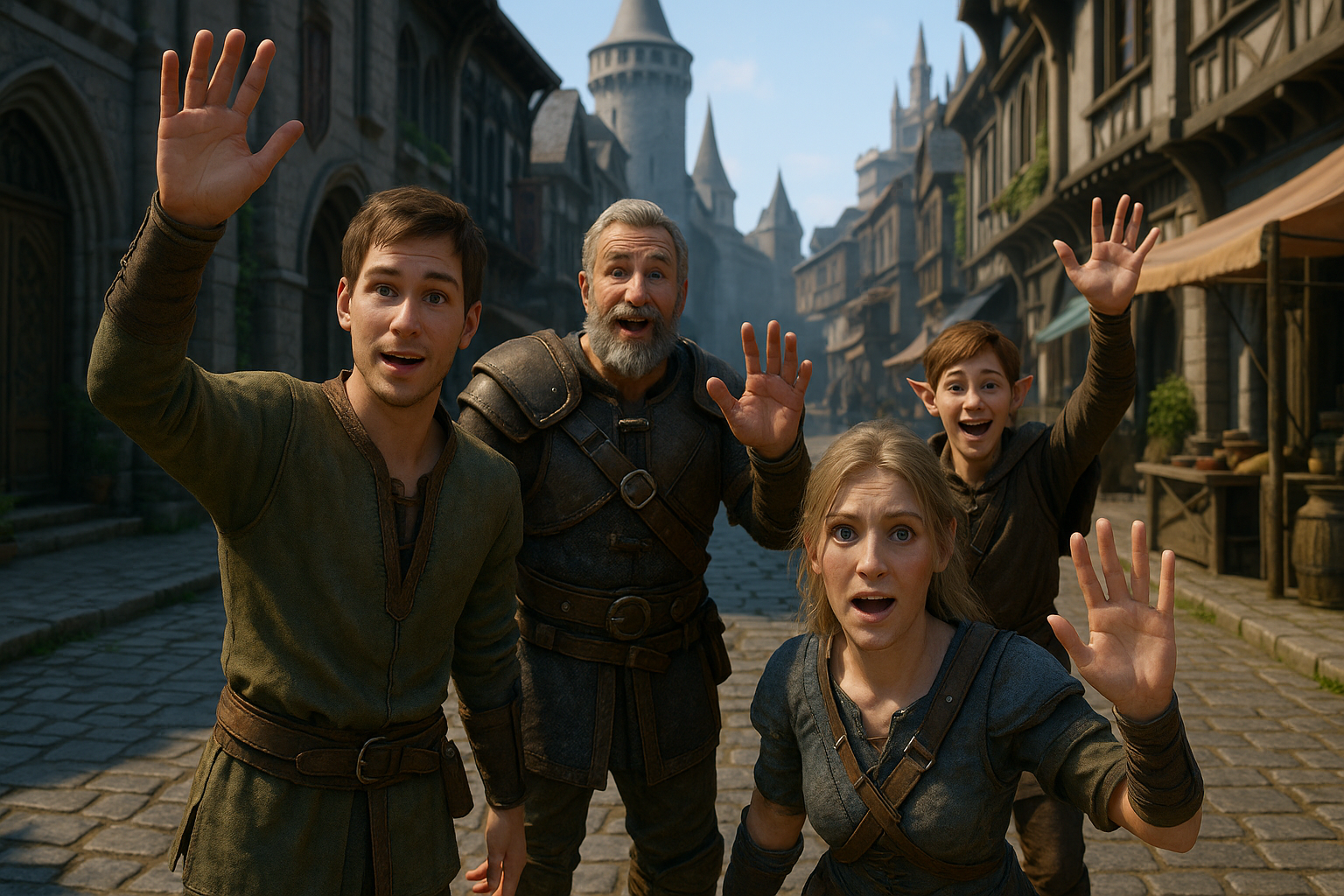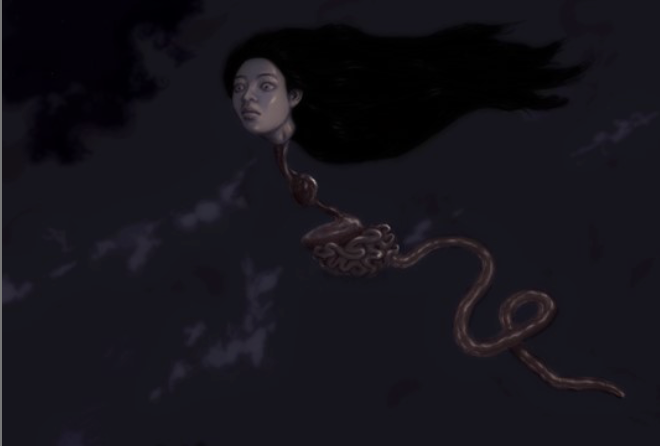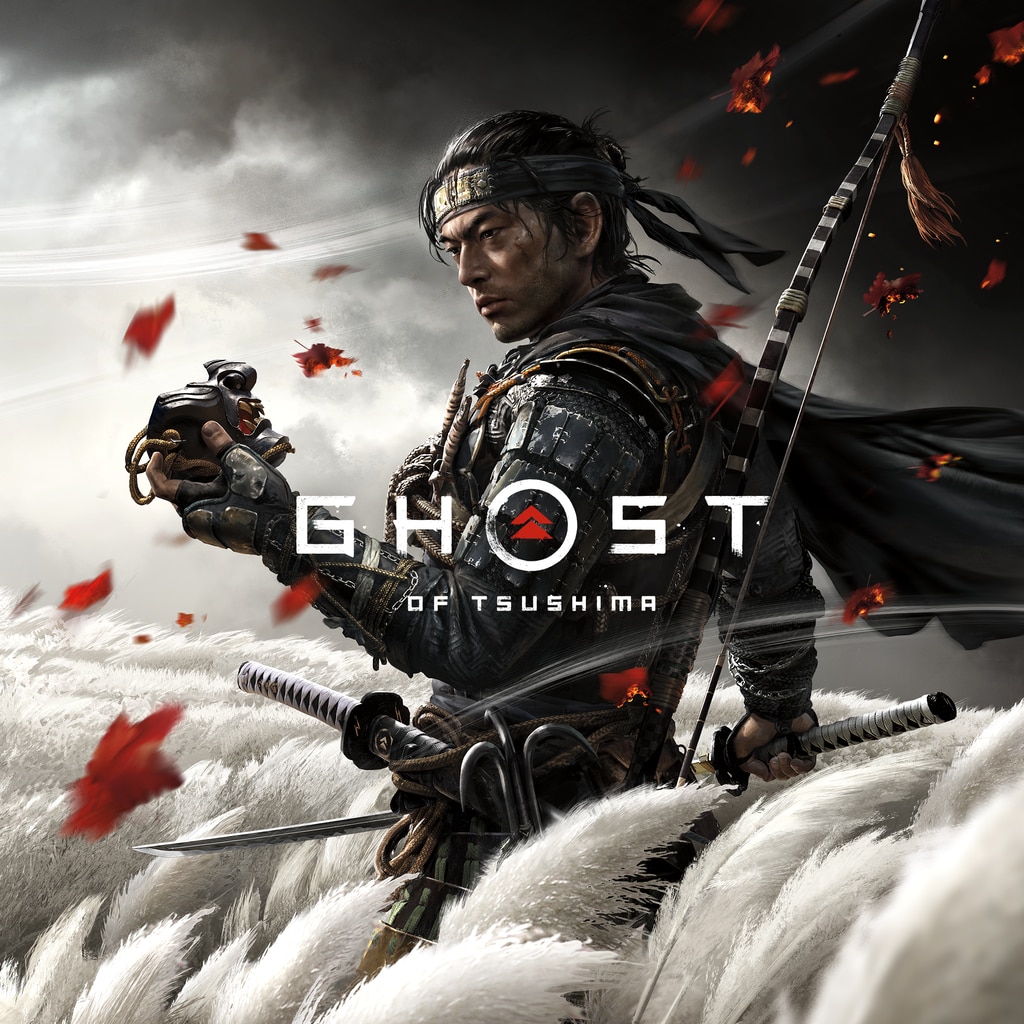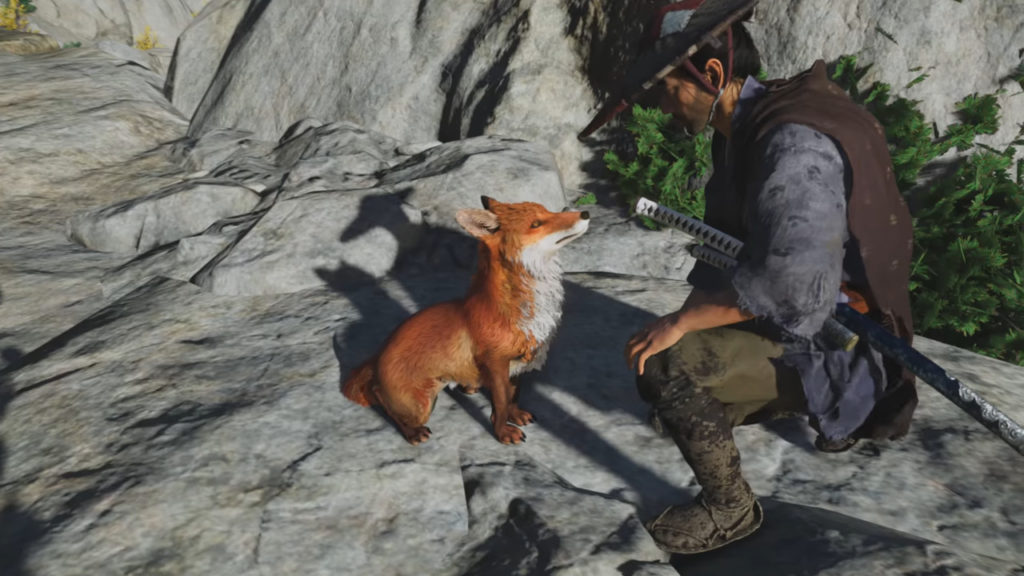Ghost of Tsushima review
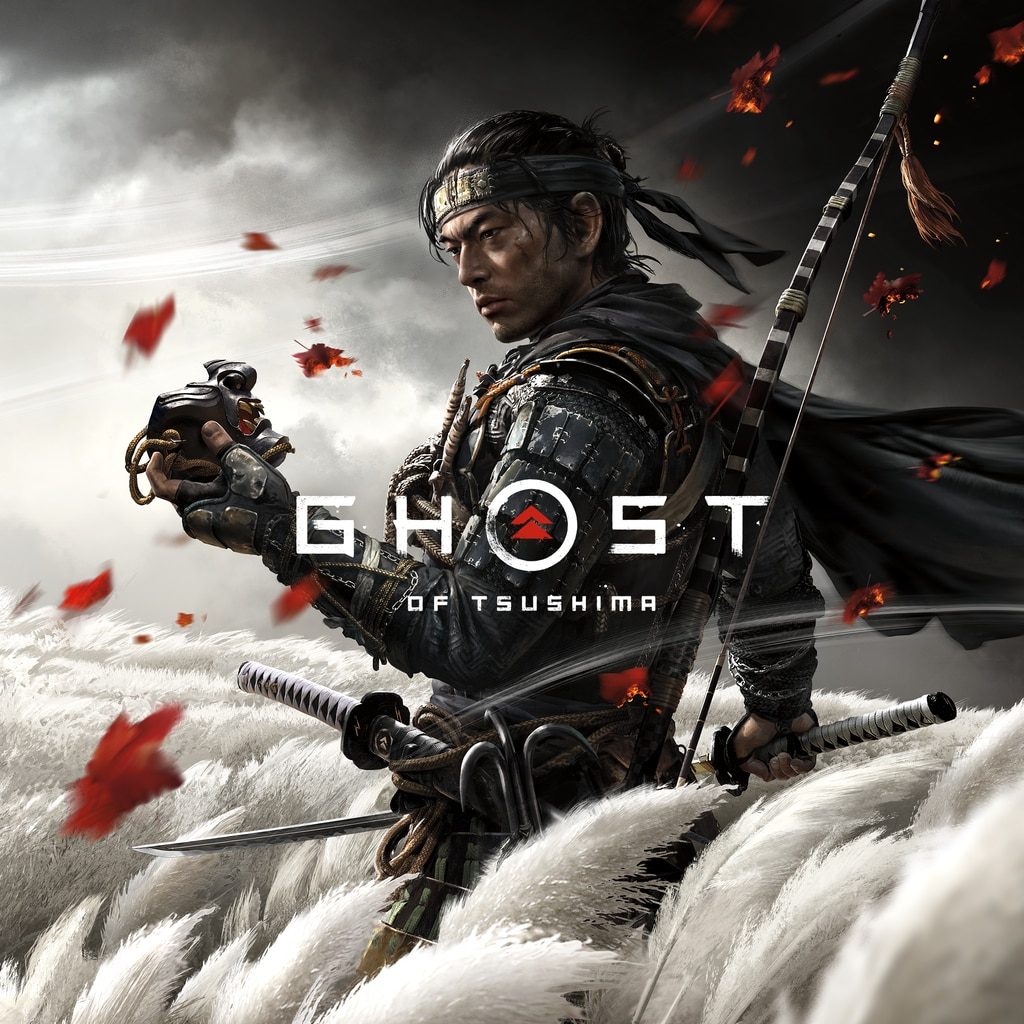
I finished Ghost of Tsushima recently and it has stuck with me ever since. It is a superb game that I thoroughly enjoyed playing, with memorable characters, and a surprisingly good story. The combat was also incredibly satisfying, which is fortunate as you kill a ridiculous amount of people.
What is Ghost of Tsushima about?
In 1274, the Mongols invaded Tsushima, an island that is part of Japan. This really happened. But in reality, the Mongols just killed everyone. Spoiler – this doesn’t quite happen in the game.
Ghost of Tsushima starts with a huge battle that, (as actually happened,) results in the death of most of the samurai. Game over, Mongols think. But they’re wrong, they hadn’t counted on Jin Sakai, the last surviving samurai on the island. At first, Jin tries to follow the samurai way – challenge people to a fight, head-on, and beat them. But the Mongols don’t play like that and just fight to win. Sometimes by cheating. You can see why they had a bigger empire.
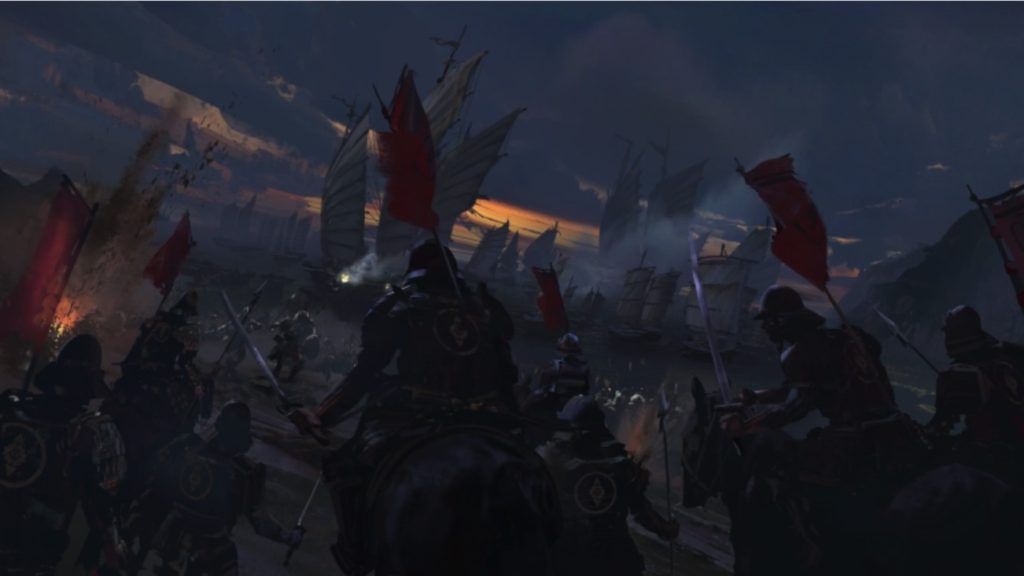
After the samurai way failed, Jin is forced to get a bit sneaky. He becomes the ‘ghost’. Essentially, he becomes part samurai, part ninja. Samunja? Nimurai? He also becomes a symbol of the resistance and a myth starts to form around him as he liberates people, makes alliances and generally becomes a kind of Japanese Robin Hood. Jin still squares off and fights duels and so on, but is also happy to sneak around, use poison and stab people in the back.
The game follows Jin as he tries to liberate the island from the Mongol invaders. He does this by killing a LOT of people. Happily, the baddies are pretty mean, so there are no moral ambiguities. Screw ’em.
What’s the gameplay like?
It is essentially a sandbox. You wander around and finish stories and missions at will. I love a good sandbox. One thing I get a bit bored of with sandboxes, however, is the ‘collectathon’ aspects of the games. I don’t mind picking up materials like bamboo, flowers and the vague but handy ‘supplies’ but some of the mini-game stuff did get a bit tedious after a while. They could have slimmed that down a bit.
Some I really liked though and it could be down to preference. For example, the first few times I followed a fox to a shrine were fun. They are cute little things. But it got boring quick. All the shrines on the island have broken stairways over chasms, because of reasons, and so the only way to reach them is via a very specific path. This was ok but sometimes, I just wasn’t in the mood. Another mini-game is writing a Haiku which, as a writer, I kind of enjoyed but imagine there will be many who find it dull. One game sees you trying to cut through a number of stalks of bamboo by pressing buttons really quickly in a predefined order – I loved this one the most. Again, personal preference.
But these are just side games and add-ons that you could ignore (although you do get bonuses and would be mad to do so). The main gameplay is fighting and sneaking around. And here the game shines. This is fortunate as it is the primary thing you’ll be doing. Ghost of Tsushima allows you to go all sneaky or charge in and fight, or a blend of both. Early on, I snuck around and got the lie of the land, assassinating and being sneaky. By the end of the game, I would just walk in and challenge people to a fight. I was set up for this latter gameplay by selecting certain attributes such as being awesome with daggers and having the ability to kills a few others after every duel. You can go full ninja too if you like.

The fighting itself is really satisfying. It feels precise and incredibly brutal. Mrs Word of Ward caught some of the action and asked why it had to be so violent. My manically grinning face as I dropped from above, decapitated a soldier, chucked a dagger in some exposed necks and savagely slaughtered the remaining Mongols, gave her the answer. It is insanely fun.
And not just the average fights either, there are numerous duels with other experts dotted around and they are all really enjoyable and cinematic. Plus they are hard, forcing you to learn styles and stances that vary depending on the opponent.
Finally, the aesthetics
You can’t write a Ghost of Tsushima review without mentioning the look of the game. As a mad coincidence, just as I started playing, I found Rashomon by Kurosawa on Youtube in its entirety. (The Youtube link has been removed but you can now watch it here if you speak Japanese.) This game is essentially a colour version of a Kurosawa film, right down the way each adventure is named and the screen is composed. Like this:
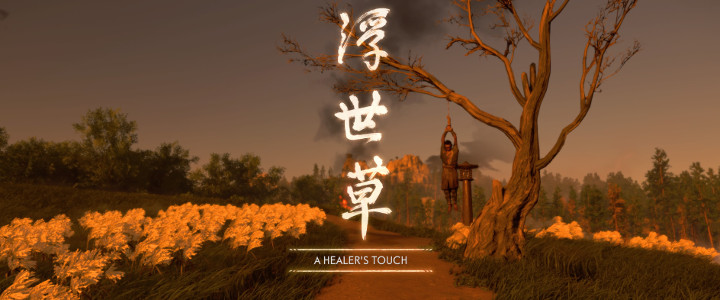
There is even a black and white ‘Kurosawa’ mode that you can use for the entire game. I didn’t, because the Ghost of Tsushima is one of the prettiest games I have ever played. (Apart from all the murder.) It actually makes me want to go to Japan, it looks that nice.

When I started playing, I took a lot of photos, like a strangely clad tourist. Google images of the game and you’ll see what I mean. Otherwise, this could easily turn into a travelogue.
Conclusion – is Ghost in Tsushima worth playing?
If you like sandbox games that are stylish and violent, then yes. I really enjoyed it – even with the goddamn fox shrines. It isn’t anything particularly new game-wise, but if you like the various genres of sandbox, samurai, fighting, and Kurosawa aesthetic, then you will love it. Ghost of Tsushima is a genuinely good and solid game, with a great story. While it isn’t in my top 10, it definitely worth checking out. Here is a trailer:
There is an honest trailer for it too that is devoid of spoilers and is actually a pretty good review. It also shows gameplay. Check it out:

